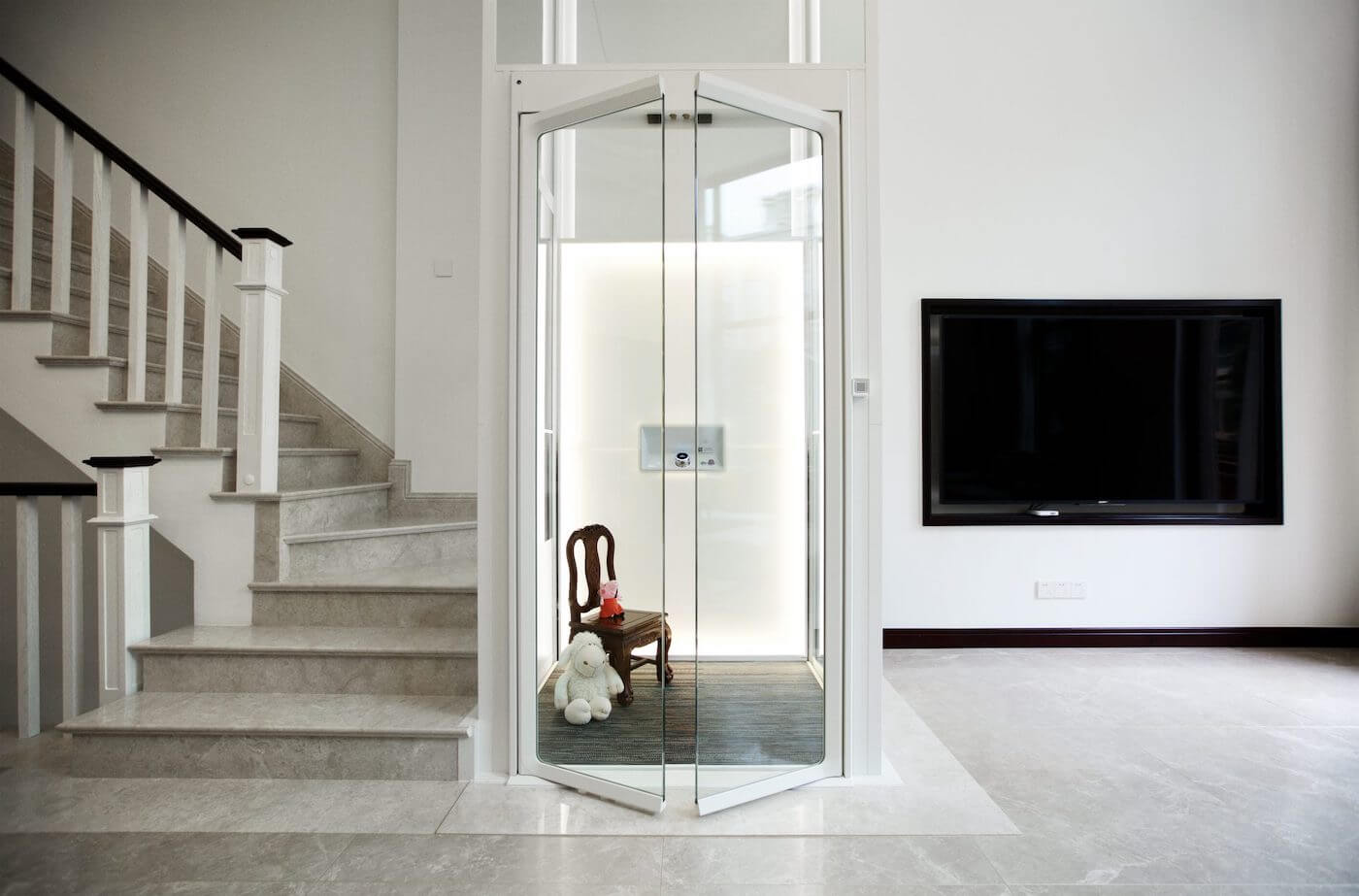Locate Reliable Lift Repair Near Me for Quick and Affordable Service
Locate Reliable Lift Repair Near Me for Quick and Affordable Service
Blog Article
Looking Into the World of Elevators: Typical Problems Faced by Various Lift Devices
As we navigate through the upright transportation systems of modern structures, elevators stand out as an important component of our every day lives. However, behind their smooth operation exists a globe of complex devices that can occasionally experience challenges. From hydraulic elevators to grip systems and machine-room-less styles, each lift kind features its set of usual problems. Recognizing these challenges is critical for guaranteeing the smooth performance of these important systems. Allow's explore the complexities that underlie the procedure of elevators and the prospective concerns that can occur, clarifying the elaborate internet of lift devices.
Hydraulic Lifts
Hydraulic lifts, typically preferred for low-rise buildings, use fluid pressure to manage the activity of the lift cars and truck (lift repair companies). This device entails a hydraulic pump pressing oil into a cylinder, causing the elevator to relocate the desired instructions. While hydraulic elevators are recognized for their silent and smooth operation, they do come with their own collection of common concerns
One widespread issue with hydraulic lifts is oil leakage. Additionally, problems with the control system, such as defective valves or a malfunctioning pump, can create disturbances in the elevator's movement.
Regular upkeep and timely repair work are vital to make sure the smooth functioning of hydraulic lifts. By addressing these usual concerns proactively, building owners can decrease downtime and make sure the security and effectiveness of their vertical transport system.
Traction Lifts
When thinking about vertical transport systems in buildings, another usual type in addition to hydraulic elevators is the traction lift. Traction lifts operate making use of a system of ropes and counterweights that relocate the elevator car by clutching onto the hoist ropes. This device permits smoother and faster vertical transport contrasted to hydraulic systems.
One of the usual issues faced by grip elevators is rope wear. The consistent motion of the ropes within the grip system can lead to damage over time, possibly causing the lift to malfunction or end up being harmful for use. Normal assessments and upkeep of the ropes are vital to make sure the lift's correct performance and safety.
One more concern that traction elevators may come across is associated with the control system. Issues with the control system can cause concerns such as erratic movement, delays in action times, and even complete shutdowns. Regular testing and maintenance of the control system are vital to prevent such problems and ensure the elevator's reliability.
Machine-Room-Less (MRL) Elevators

Among the crucial elements of MRL lifts is the small gearless traction maker that is installed within the hoistway. This machine efficiently drives the lift automobile news without the need for large equipment discovered in standard grip lifts. In addition, MRL lifts generally use a weight system to balance the cars and truck, additional enhancing their energy performance.
Regardless of their advantages, MRL lifts may deal with obstacles connected to repair and maintenance as a result of the confined area for equipment installment. Accessibility for servicing elements within the shaft can be limited, needing specialized training for professionals. Proper maintenance routines and normal inspections are important to make certain the continued smooth operation of MRL elevators.
Overloading and Weight Limit Issues
Are elevators outfitted to handle excess weight tons effectively and safely? Overwhelming and weight restriction concerns are critical concerns in elevator operations. Lift manufacturers design lifts with specific weight capabilities to guarantee traveler security and devices durability. Exceeding these weight limits can lead to various troubles, consisting of mechanical failings, delays, and safety hazards.
When elevators are strained, it places extreme strain on the electric motor, wires, and various other parts, potentially triggering failures or malfunctions. If they find excess weight, security mechanisms such as sensing units and overload sensors are in location to prevent lifts from moving. Additionally, exceeding weight limitations can result in raised power intake and deterioration on the lift system.
To reduce straining issues, developing supervisors ought to plainly display weight restrictions in elevators and educate occupants on the relevance of adhering to these constraints - lift repair companies. Regular maintenance checks by certified specialists can additionally help guarantee that lifts are operating within risk-free weight criteria. By attending to overloading and weight restriction issues proactively, building proprietors can improve elevator security and performance
Electric System Failures
Exceeding weight restrictions in elevators can not just lead to mechanical concerns yet also potentially contribute to electric system failures within the lift facilities. Electrical system failings are a critical issue in elevator click over here now procedure, as they can create unforeseen shutdowns, malfunctions, or also safety and security dangers.
Normal maintenance and examinations are important to identify and attend to possible electrical concerns promptly, making certain the effective and risk-free procedure of elevator systems. By adhering to weight limitations and conducting routine electrical system checks, structure owners can alleviate the risk of electrical failings in lifts.
Conclusion

Hydraulic lifts, typically preferred for low-rise structures, utilize fluid pressure to control the movement of the lift automobile.When considering vertical transport systems in buildings, an additional common kind aside from hydraulic elevators is the traction elevator. Grip elevators run using a system of ropes and weights that relocate the elevator auto by grasping onto the hoist ropes. Unlike typical elevators that call for a separate maker area to house the devices, MRL lifts integrate most of the components within the shaft, getting rid of the need for a dedicated maker area.In conclusion, elevators encounter usual issues such as hydraulic malfunctions, traction system failures, and electrical system problems.
Report this page